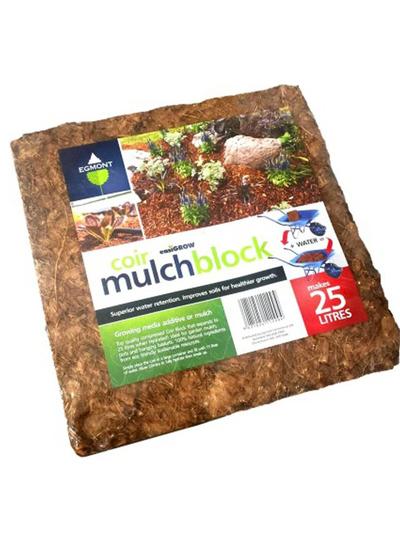
Prepare Soil
Garden: Ferns need free-draining soil enriched with organic matter. When planting, incorporate compost and peat into the soil to improve its structure. You may need to add sand or gypsum in heavy clay soils to improve drainage. Tree ferns require deeper soil preparation, as shallow roots need a stable foundation. Incorporating rotted organic matter into the soil will create a perfect environment for these ancient plants.
Pots: Use a well-draining potting mix with added compost for nutrients for container planting. A small pot is ideal—too large a container can cause the soil to dry out too quickly. Asplenium and Polystichum species are perfect for pots, while Dicksonia species are great for compact, slower-growing tree ferns. Place a layer of small river stones on top of the soil to help retain moisture and keep the roots cool.
Feed
Garden: Ferns are low maintenance but do benefit from occasional feeding. In early spring, apply a slow-release fertiliser like Oderings Total Replenish. After flowering, use a fertiliser high in iron to encourage healthy growth and vibrant fronds.
Pots: For potted ferns, use a slow-release fertiliser such as Oderings Total Replenish during spring. Ensure the potting mix remains moist but not soggy, and reapply fertiliser as needed to support healthy growth throughout the year.
Watering & Mulching
Ferns need consistent moisture, especially during dry spells. Water deeply once or twice a week, ensuring the soil is well-hydrated but not soggy. Overhead sprinklers work well for ferns, as they help keep the surrounding air cool and humid. During hot, dry weather, mulch around the base of your ferns with pea straw, bark, or leaf litter to keep the soil moist and cool. This also prevents weeds from growing and protects the delicate fern roots.
Protection
Ferns can be sensitive to frost and strong winds. Cover your ferns with frost cloth if frost is expected, especially in cooler areas. For tree ferns, anchoring them in place when first planted will help protect them from being blown over by strong winds. If you are growing ferns in pots on verandas or other exposed areas, position them in more sheltered spots to prevent damage from windburn or frost.
Pruning
Pruning dead or damaged fronds can help maintain their health and appearance. Tree ferns benefit from removing old, dry fronds at the base of the plant. For garden ferns, gently remove any damaged fronds to encourage new growth, but avoid disturbing the crown, as it can harm the plant.
Garden Expert Tip
Ferns prefer a cool, humid environment. To increase humidity, plant ferns in groups—this will naturally raise the moisture levels around the plants. If growing ferns in containers, group several pots together to create a more humid microclimate. Also, using a weed mat under mulch helps with longer-lasting weed control and retains moisture, benefiting your ferns' shallow root systems. With proper care, ferns will bring a timeless, elegant touch to any garden, softening hard edges and adding texture to shaded corners.













